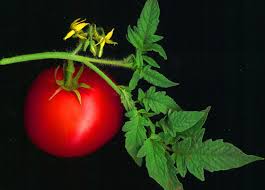 Summer approaches and with it my yearning for a really good-tasting tomato. I wrote longingly last year about the ripe, juicy, oh-so-succulent products picked from the vine in my grandfather’s Orange, New Jersey backyard garden or, in more recent years, from my husband’s Montclair, New Jersey backyard garden. But I live in Southern California now, and besides, the once-famous Jersey tomato is a thing of the past.
Summer approaches and with it my yearning for a really good-tasting tomato. I wrote longingly last year about the ripe, juicy, oh-so-succulent products picked from the vine in my grandfather’s Orange, New Jersey backyard garden or, in more recent years, from my husband’s Montclair, New Jersey backyard garden. But I live in Southern California now, and besides, the once-famous Jersey tomato is a thing of the past.
Well, hold on a minute, not so fast.
Turns out the plant wizards at Rutgers, New Jersey’s state university, have just introduced a reinvented version of a variety from 1934 that, as Valerie Sudol noted earlier this month in The New York Times, “reigned unchallenged for decades.” She explained that after years of work by the university’s plant specialists “this old-fashioned tomato with old-fashioned taste has returned as the Rutgers 250, named in honor of the university’s 250th anniversary.”
That 1934 variety was “the tomato that made the Jersey tomato reputation,” said Thomas J. Orton, a professor in the department of plant biology and pathology. “It was a groundbreaking tomato that redefined what a tomato should be and was the most popular variety in the world,” he said. “At one point it represented in excess of 60 percent of all tomatoes grown commercially.”
The Jersey tomato fell out of favor with commercial farmers after being judged too soft and perishable for modern harvest and transport, Sudol wrote, although it was still suitable for home and small-scale specialty growers.
Many of the most successful earlier varieties, Sudol explained, were the result of collaboration between Rutgers agricultural programs and the Campbell Soup Company based in Camden, New Jersey. A breakthrough in the quest to resurrect a new tougher variety came, she wrote, “when plant breeders learned in 2009 that Campbell Soup still had genetic material from the parent plants that was used to develop the original Rutgers hybrid. The chase was on – in slow motion.”
The intervening years saw researchers working the test fields and greenhouses alongside cooperative extension agents, narrowing the selection until last year when three finalists were grown all over the state and vetted for size, color, yield and disease resistance. “But,” wrote Sudol, “flavor was chief consideration.”
So great is the yearning for a really good-tasting tomato, the 5,000 packets of Rutgers 250 seeds offered on the university’s website in February have already sold out, she wrote. And “then last month, home gardeners snapped up 1,200 seedling plants in just two hours at a campus event…”
I’m wondering how well that tomato would do here in still drought-prone Southern California. Maybe I’d be better off hoping some visiting East Coaster might smuggle one or two in the carry-on bag. An outstanding hostess gift for sure.
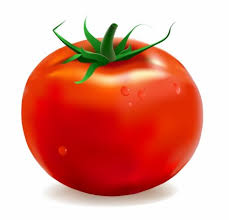
 The recipe I was following called for molasses, not a usual ingredient in my cooking. But the moment I stirred the required substance into the batter, the aroma took me back to summers in New Jersey and the salt water taffy Aunt Jennie and Uncle Bill would send my brother and me during their annual vacations in Atlantic City. The molasses-flavored taffy was not the first I’d reach for; it seemed a grown-up thing, but I was always surprised that I liked it.
The recipe I was following called for molasses, not a usual ingredient in my cooking. But the moment I stirred the required substance into the batter, the aroma took me back to summers in New Jersey and the salt water taffy Aunt Jennie and Uncle Bill would send my brother and me during their annual vacations in Atlantic City. The molasses-flavored taffy was not the first I’d reach for; it seemed a grown-up thing, but I was always surprised that I liked it.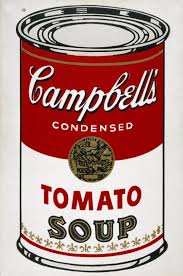
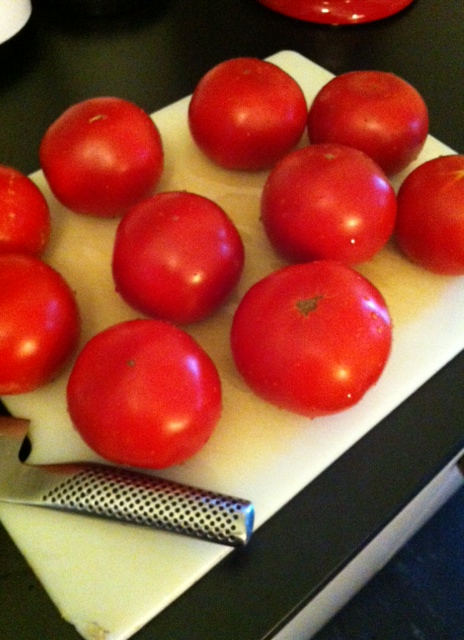

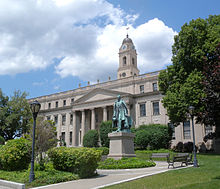

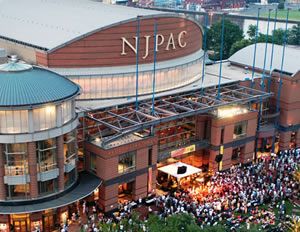
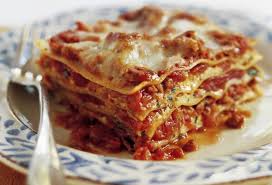

You must be logged in to post a comment.